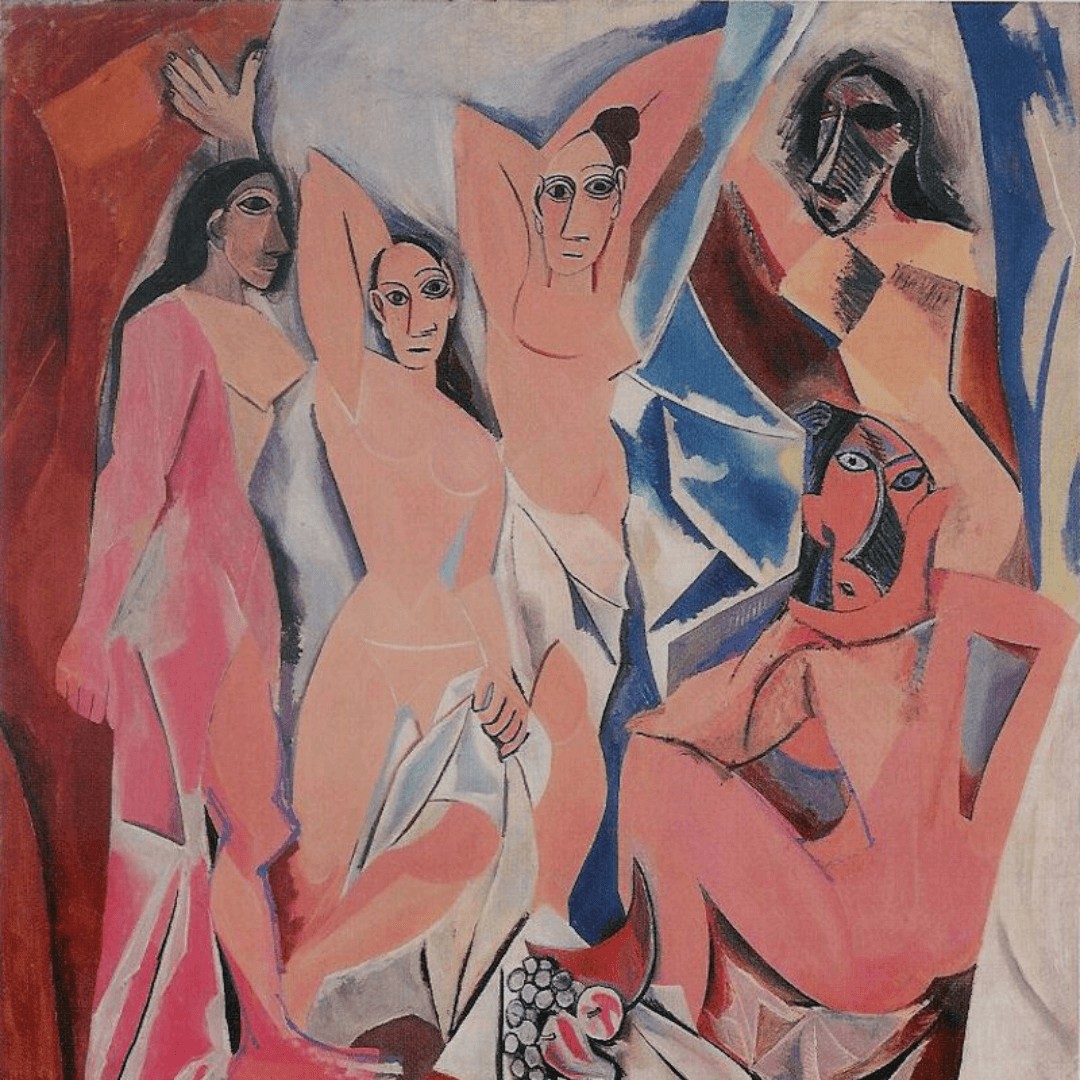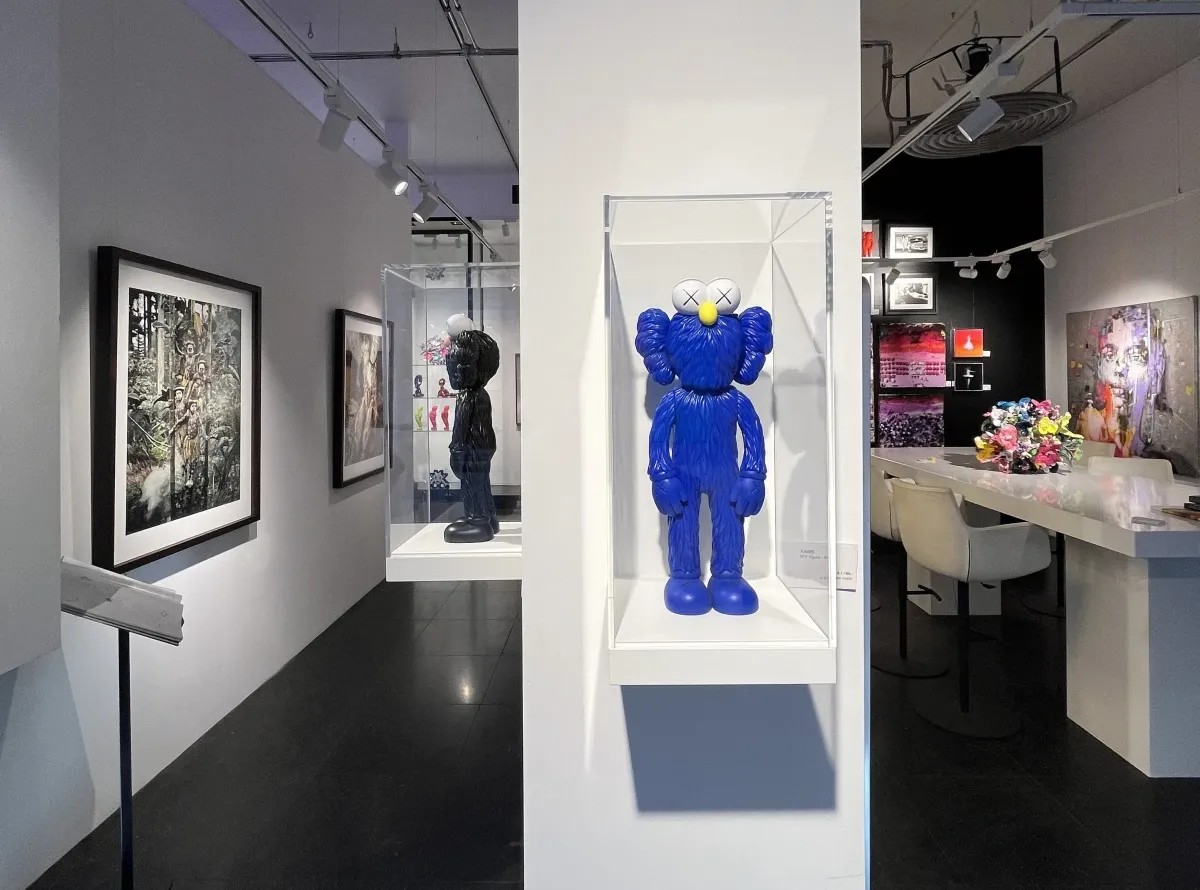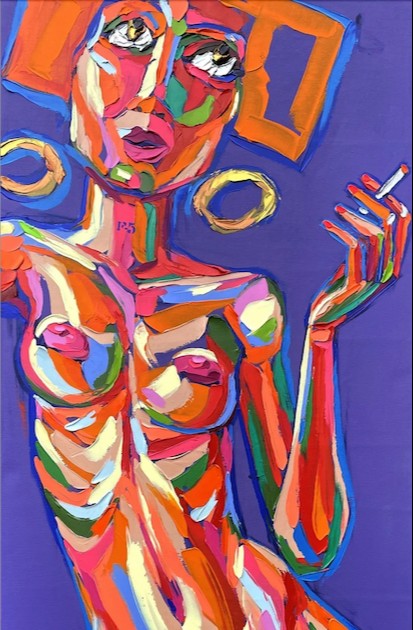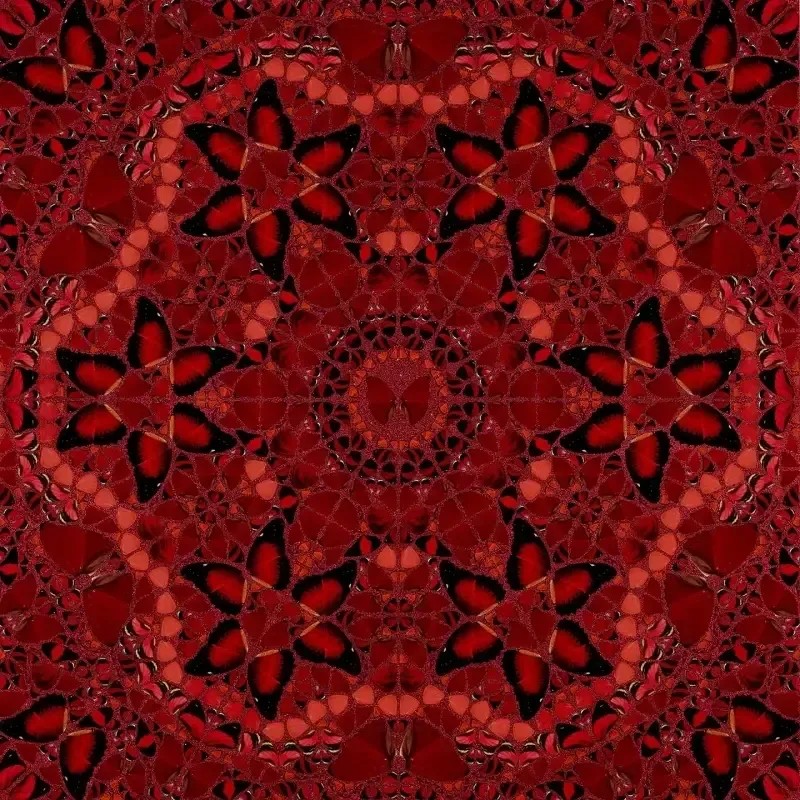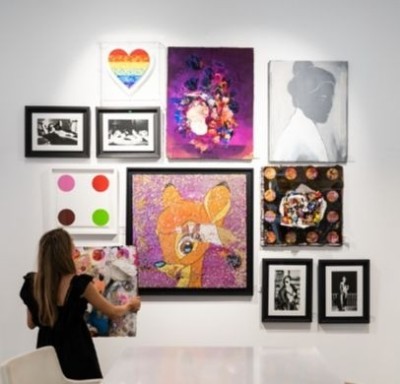Cubist paintings appear abstract and geometric. Initially, we see a flat surface filled with shapes and lines in monotonous colors. Perspective is absent, and even after thorough examination, the lighting remains unclear. Especially in the middle period, analytical cubism, each facet seems to be individually illuminated. Inspired by the strongly simplified sculptures in African art, artists like Pablo Picasso and George Braque attempt to break down the subject from various angles into planes that they simultaneously depict on canvas. In doing so, they introduce a new way of seeing and a new method of composition.
'Abstracted art is labeled as bold, as "cubic peculiarities," because it is nothing like traditional composition schemes.'
One of the most controversial movements in modern art is cubism. This art movement (1907-'14) lays the foundation for experimentation and the search for a new way of shaping and representing, radically changing the general perception of art in the twentieth century. Objects and models are simultaneously presented from various positions in geometric forms. Cubism analyzes, abstracts, and then makes concrete again, resulting in a versatile, albeit strange and unrealistic, image.
Searching for hidden laws
For cubist artists, the focus is not on the represented content but on the variation of form and the sum of overlapping perspectives. They are not aiming for a new translation of reality but are searching for the hidden laws behind natural basic forms. Through the creative process of imagination and new principles, they create their own reality. Initially, somewhat recognizable subjects are strongly stylized into cylinders, cones, cubes, and spheres (for example, Picasso's 'Les Demoiselles d'Avignon'). This abstracted art is labeled as bold, as "cubic peculiarities," because it is nothing like traditional composition schemes. Volume is flattened, perspective is extremely confusing, and the use of color is not very expressive.
'From the creative process of imagination and new principles, they create their own reality.'
In this first phase - geometric cubism - natural basic forms take center stage. However, the exploration of primal forms and structures quickly evolves into complete dissection into even smaller forms, as if the subject shatters into numerous prism-like particles. By deciphering and analyzing the three-dimensional form in detail and combining various perspectives on the canvas, the painters attempt to create a multitude of viewpoints.
Perception is dissected to the extent that form and space completely merge. The subject is viewed and depicted from multiple perspectives, creating overlapping (the suggestion of relief). The idea of perspective is completely abandoned, and the use of color decreases further. The tangible, recognizable subject transforms in this second phase - analytical cubism - into a pictorial composition of geometric planes in a modest, sober color palette. Monotonous use of color in ochre tones, brown, and gray is often observed.
Flirting with abstract art
Especially Braque typically uses only white, brown, and gray tones, with at most a hint of olive green or yellow. His still lifes consistently feature the same objects (violin, guitar, bottle, vase, and table), but he is the first to flirt with abstract art by reversing proportions. In 1911, he incorporates letters and numbers into his work for the first time and gives his paint more structure by mixing in sand. With his papier collé, he tries to bridge the gap between material reality and the reality on canvas. In a refined manner, he aims to merge the two- and three-dimensional. The result is an exciting, intellectual interweaving of planes and lines.
'Although the schematic approach persists, the work becomes a personal expression again.'
It seems that the cubists want to filter their subject, purify it to its essential pure form. In the third and final phase - synthetic cubism - (still based on the same idea), the numerous abstract codes are reassembled. Artists experiment more with assembling, using the collage technique. They want to create something new from the old. Elements from real life are added to emphasize certain aspects. Although the schematic approach persists, the work automatically becomes a personal expression again. Form, color, and depth are reinstated. These components are accentuated to underscore the dynamism of life.
Intensity of form and color contrasts Fernand Léger, for instance, aims to accentuate the intensity of form and color contrasts. He depicts the misery of the working class but focuses on its power and resilience. For this, he uses vivid, fresh colors (partly unmixed) and powerful contour lines. This idea (approach) is further developed by Piet Mondrian, a great admirer of Picasso and Léger. By placing rectangles in bold black lines, he creates a new unity of color and background. This dynamic play of vertical and horizontal lines with areas in primary colors is known as De Stijl.
AbrahamArt, the largest gallery in the Benelux, with locations in Amsterdam and Eindhoven, has works by both emerging talents and established names in contemporary art in its collection.
Cubist paintings
Buying, borrowing, or renting art is good for health, both physically and mentally. Art stimulates our happiness hormones. Regardless of execution, form, or recognizability, looking at art promotes the production of dopamine and endorphins.
The best way to assess a work of art is, of course, the place for which it is ultimately intended. Therefore, any trial placements are free and can be arranged without obligation if you want to buy or rent art. AbrahamArt works with a beautiful art rental formula, a combination of renting and saving for individuals. For the business market, an attractive art lease formula has been created.

